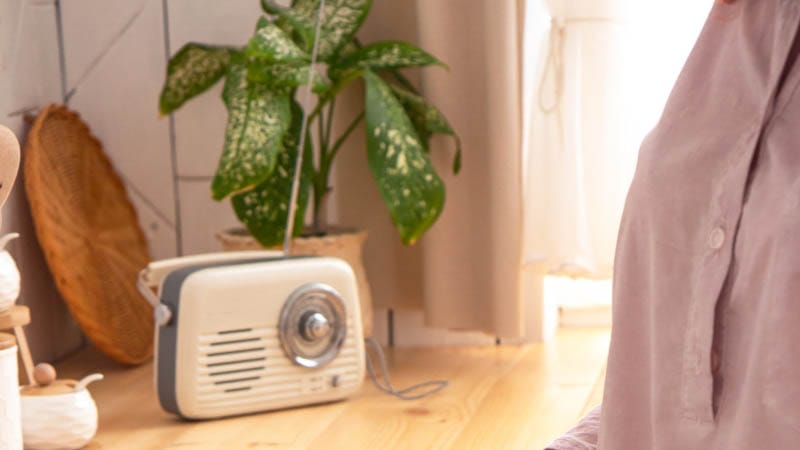Page is updated 18.11.2024
How to prepare for a power cut?
What to do when the power goes out? Read the tips!
Read more
Page is updated 18.11.2024
What to do when the power goes out? Read the tips!
Read moreFor example, an extended power outage may result in a situation where society’s services are disrupted or even discontinued. Home preparedness is of great benefit to both society and, above all, to each individual themselves.
The 72h concept details the level of home preparedness